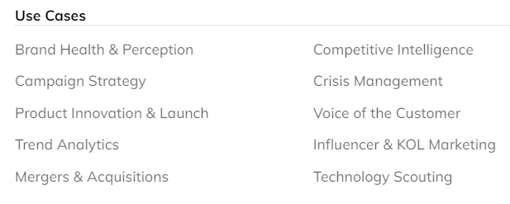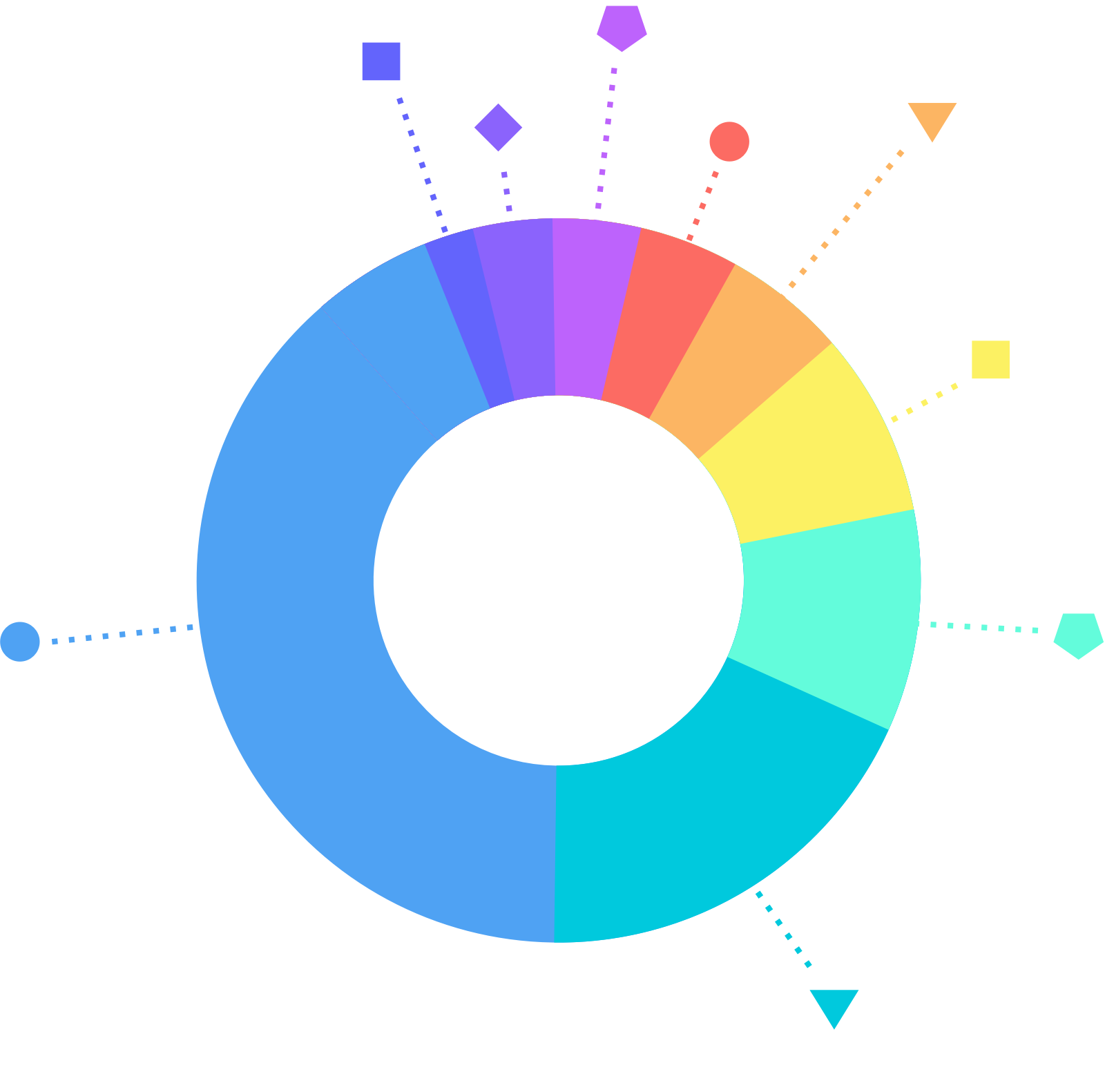Social Listening Tools in 2021
2 minute read
Marketers are always looking for tools and techniques to give them an edge. Around 2010, social listening became a popular tool for social media teams. However, social media sites became less tolerant of listening tools, and the lack of a specific business case caused problems for the social listening vendors. Today, many are either shifting focus to a specific business use case or fighting for a share of a very splintered market.
The Birth of Social Listening
Social listening is a concept whose heritage dates to the early days of Friendster, MySpace, and Flickr - but didn't really take off until the release of the Twitter feed. Companies knew that people were talking about them online — but it was difficult to know what was being said. Hence, social listening was created to aggregate the online comments. Early vendors offered a variation of the RSS aggregator, that also had graphs, word clouds, statistics, etc.
Social Listening Vendors
Over the years, social listening vendors came and went. At one point, over 70 companies claimed to offer some sort of social listening capability. Like any competitive space, some went out of business, others pivoted to new spaces and dozens were consolidated through mergers and acquisitions.
- Agorapulse
- Auris
- Emplifi (was, Astute + socialbakers)
- Atribus
- awario
- boomsonar
- brand24
- Brandwatch
- Buzzilla
- Cyfe
- Digimind
- Falcon.io (being integrated into Brandwatch)
- iconsquare
- infegy
- keyhole.co
- KPI6
- linkfluence
- ListenFirst
- listening247
- locowise
- MediaToolkit
- Mention
- mentionlytics
- Netbase-Quid
- notified
- Nuvi
- Oktopost
- Pulsar
- quintly
- Rival IQ
- sendible
- sentione
- sprinklr
- Sprout Social
- Synthesio (being integrated with IPSOS)
- Sysomos (being integrated with Meltwater)
- TalkWalker
- YouScan
- Zignal Labs
- ZoomSphere
4😲
Takeaway: there's still room for some consolidation!
Social Listening Use Cases
One vendor, Netbase-Quid, suggests that there are ten use cases for social listening:

As you can see, the use cases vary from customer service to mergers and acquisitions 😮 !!! And here lies the problem — social media is a cross-cutting communication channel and the chatter is *extremely* broad. Savvy vendors like Khoros realized this issue. They shifted focus to specific business problems (like customer support) and used social listening as part of their underlying technology. Here at BrandOps, we took a similar approach. Social listening isn't a product - it's one of many data feeds that can be used to help marketers understand the brand strength, and systematically improve it over time.
Takeaway: Social listening needs to focus on a business problem!
How is Social Listening Actually Used?
It's very difficult for social listening to support all 10 use cases in a comprehensive manner - so how is it actually used? Great question, here's the truth:
Social Surfing
Social surfing is the practice of walking through social feeds either by brand, or by search results. This is might sound like a waste of time - but it's actually a valuable practice. It's similar to Web surfing:
- Listen to the chatter of your competitors
- See who's influencing the community
- Look for hot topics and inspiration for new posts
Social Trends & Reporting
From a management perspective, social listening tools provide insight into how your social presence is performing. Insights include:
- Follower counts and changes over time
- Likes, shares and engagement levels
- Trending content
If you're part of a social media team and your objective is to optimize social presence and engagement, then social listening could be your answer.
Takeaway: Social listening enables social media teams!
The Post-Social Listening Era
Social listening is in the midst of a major redo. This evolution is already playing out:
- Cision acquires BrandWatch to offer clients omnichannel mentions and share of voice
- sprinklr shifts to support traditional functions (sales, support, research, ...)
- Pure play vendors (like BrandOps) use social listening as an underlying capability to solve specific business problems.
Takeaway: The shift is to solving business problems across channels!
Other interesting areas include:
In Conclusion
Social Listening remains an interesting but challenging space. Change is required:
- 40 vendors is too many; more consolidation is needed!
- "social" represents a silo; diminishing value in our omnichannel business world
- Social listening vendors that don't focus on a business problem will likely fail (soon)
Social media teams can still tactically benefit from listening tools. BrandOps has social listening built-in as a capability, but for the specific purpose of determining the strength of a brand. We see this is the long term trend: social listening becomes a feature (or a data feed) to business focused, omnichannel analytics platforms.




